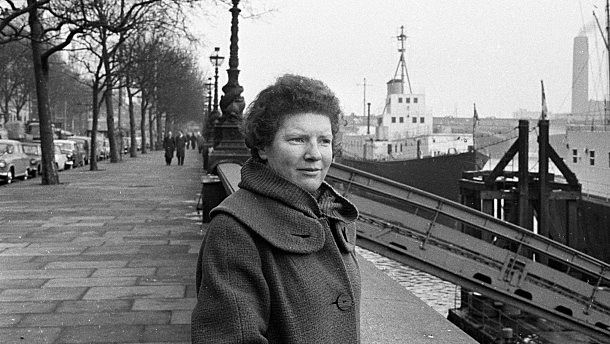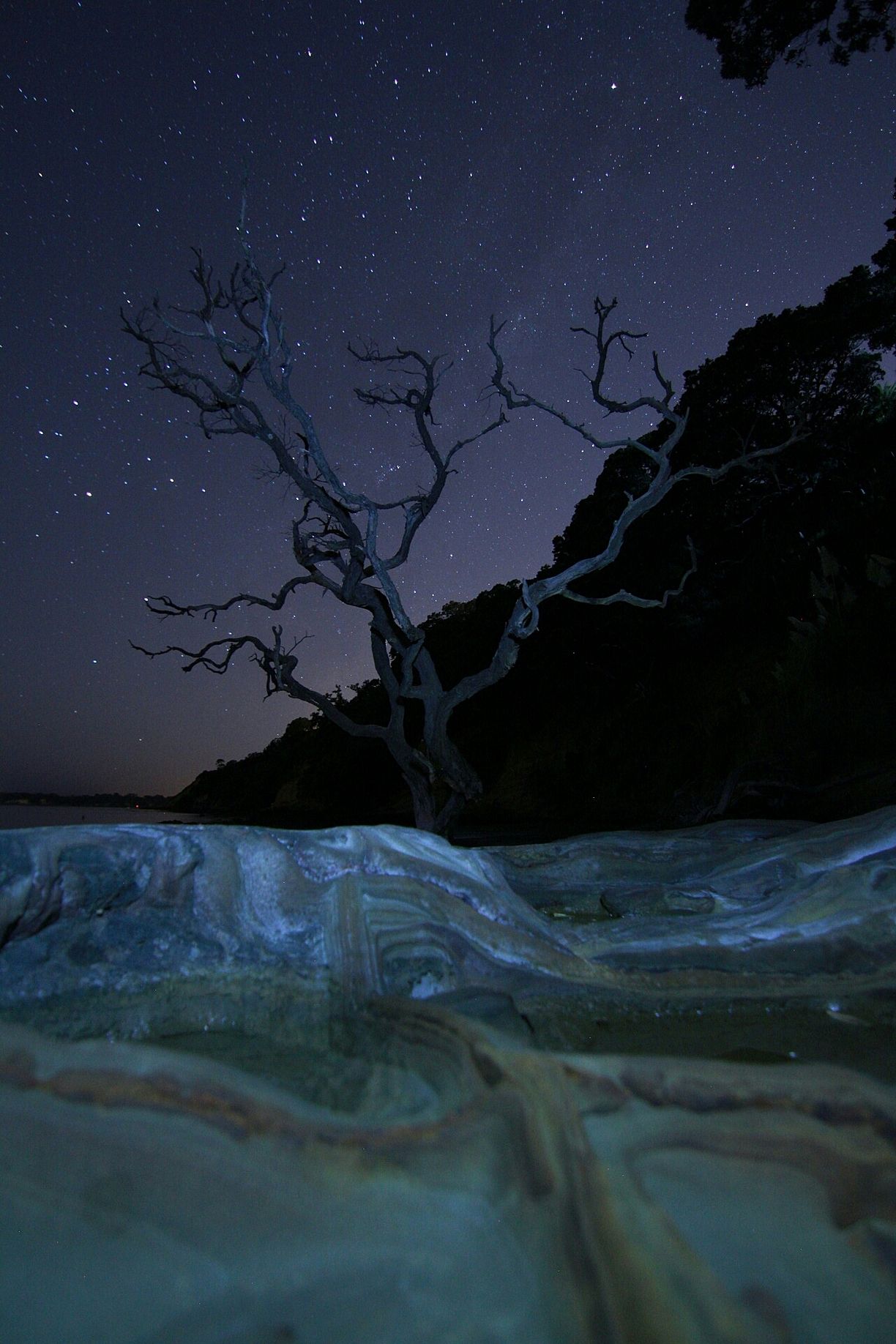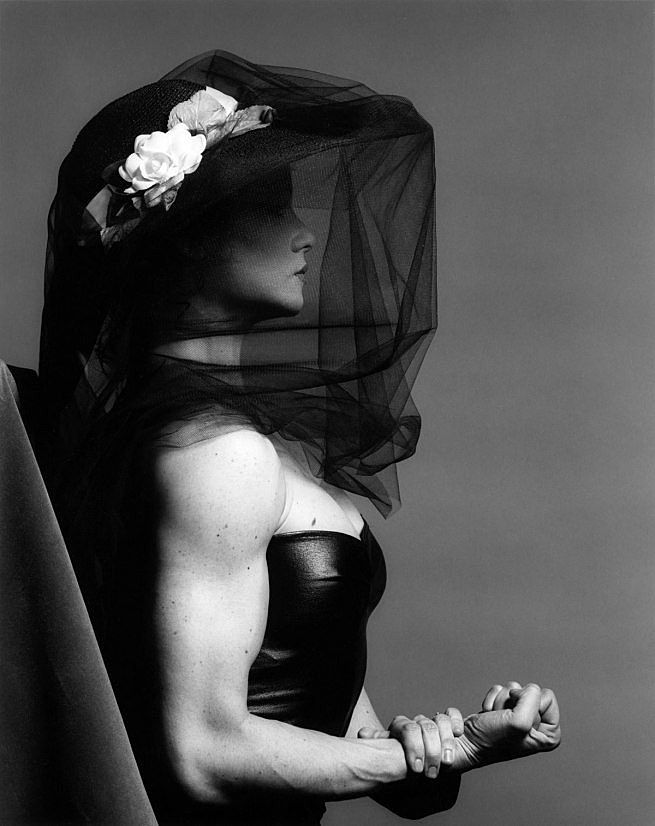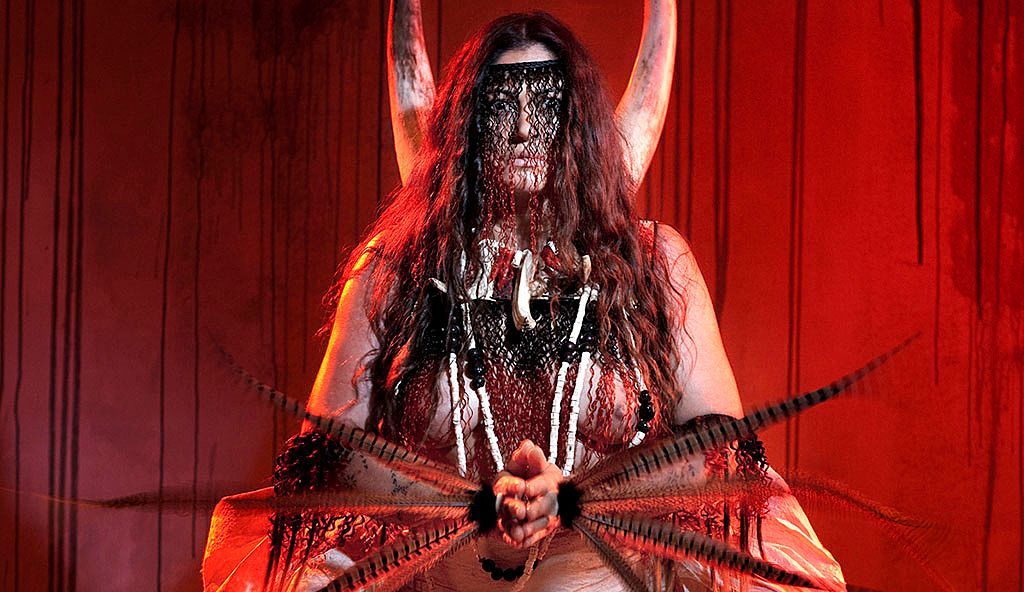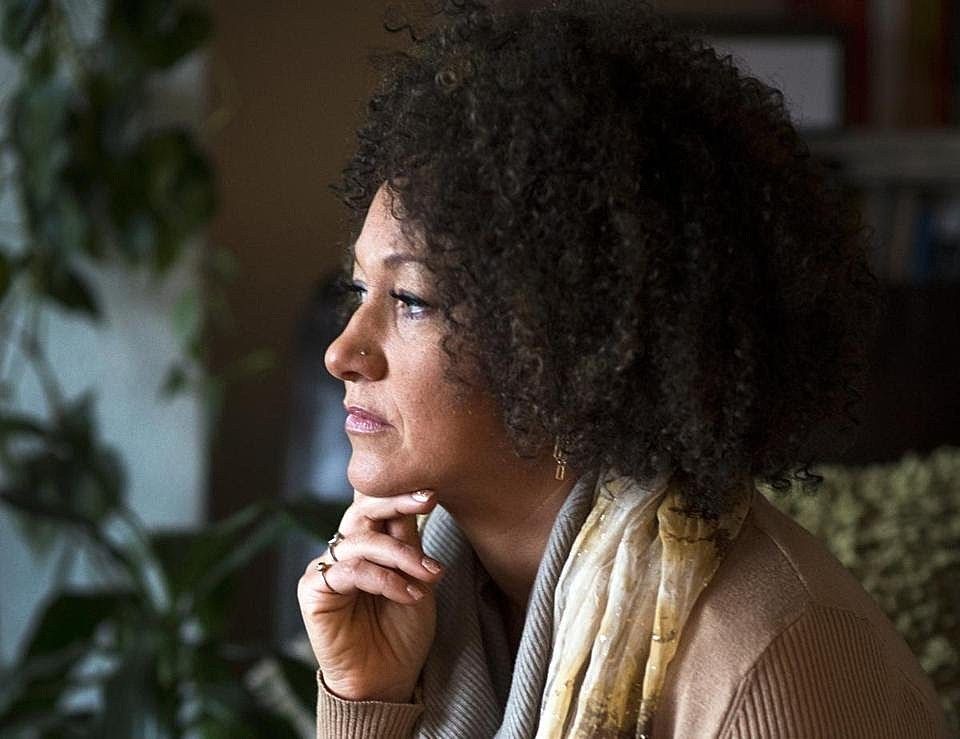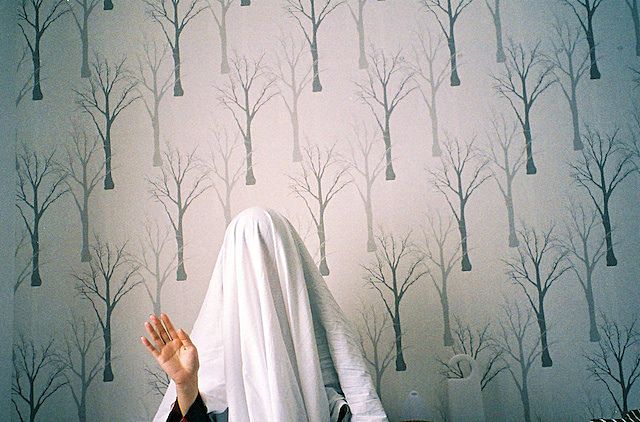Loose Canons: Jess Holly Bates
Loose Canons is a series where we invite artists we love to share five things that have informed their work. This week's loose canon: artist, poet and maker Jess Holly Bates
Loose Canons is a series where we invite artists we love to share five things that have informed their work. Meet the rest of our Loose Canons here.Jess Holly Bates is a Pākehā artist, poet and maker coming to terms with being a creative woman in her thirties. Like many raging feminists before her, she loves to work with meat, hair and stuff that smells funny if left for a period of time. Her latest collaboration, The Offensive Nipple Show, promises some – but not all – of those elements. It is a meditation on the de-sexualised possibilities for the female form, finding new ways to look at bare flesh that are simultaneously sacred and silly. With a little help from a growing BOOSTED campaign, the show is on its way to Melbourne and Sydney Fringe Festival next month. She has also worn a dress made of donuts, spoken at TEDx Auckland, and recently learned to cook a vegan laksa.
Blue Fury
In Janet Frame’s book, Living in the Maniototo there’s this form of detergent from a TV commercial that materialises and scrubs out Tommy, one of the characters. Here’s the gloriously wry description of the act:
There was a flash of light, a smell of laundry and the penetrating fumes of a powerful cleanser, then a neutral nothing-smell, not even the usual substituted forest glade or field of lavender or carnation, and all that remained of Tommy were two faded footprints on the floor.
I’m so crazy about this book, which some people call *yawn* ‘magic realism’ but to me is just one of the excellent Houdini impressions of Frame. I love that she uses nonsense as an agent for change and as a means to be actively misconstrued as an artist. I love how fearless that act is, especially as an author who was incarcerated for her difference in the ’40s. She was scheduled in to have a lobotomy in 1951, which was cancelled only days before the surgery, after her debut publication of short stories was awarded a national literary prize. I guess, under those circumstances, being suddenly erased by a blue fury doesn’t seem quite so implausible in real life. I think Janet Frame demonstrates this principle of being slippery as a means of both survival and articulation as a female artist, declaring some banal mysticism and then disappearing through a trapdoor. I’d like to have that kind of tenacity.
Ladies Bay
At the end of St Heliers is this secluded little nudist beach. I discovered it only a year ago, but it’s my favourite spot with a bottle of home brew and a duvet. If I was location scouting for ‘creative inspiration’, this is where I would go. If you go at night, it’s the most hyperreal experience – you can’t tell if it’s moonlight or streetlight, and it’s planted with all these nostalgic palms like a shipwrecked colonial wet dream. It feels like you’re sitting in the middle of a movie set. It’s the most bizarre trick of authenticity.
My best friend Sarah and I have been pretty aggressively into night-swimming since The Offensive Nipple Show, and this place was just the right note for the middle of a difficult making process. We were so tight for time that some nights we would swim to replace sleep, to signify a new work day had started. I’m not even terribly outdoorsy, but I do like to go to the leafy suburbs, put my bum on the borrowed sand and watch the moon dribbling onto the Sky Tower, from a safe distance.
Lisa Lyons
Back in the 1970s, Patti Smith’s beau, Robert Mapplethorpe (of Just Kids fame), took a photography series with a bodybuilder. Her name was Lisa Lyons and she is every bit my hero. She’s like the Jane Fonda of the art world: this incredible beacon of someone being silly and muscle-bound. Like the perfect antidote to the #yogaeverydamnedday selfies saturating my Instagram, Lisa posed for this series Lady as bride, broad, doll, moll, playgirl, bike-girl, gym-girl, boy-girl, frog-person, mud-person, flamenco dancer, archetypal huntress, circus artist, snake woman, society woman, young Christian, and kink. Body artist Hannah Wilke once said “stand up and be your own cliche”, and I love how this series meditates on that confusing reality.
I particularly love the mixture of the mythological and the macabre alongside her ripped female form – she has this one image as the muscled widow, looking like she’s about to fist someone in a veil. She’s this gorgeous cluster-fuck on the male gaze, so deeply unafraid to be visible. I guess she is also the reason I got pretty obsessed with Ronda Rousey for a while. It’s this incongruence of a beastly femininity. It’s fascinating because some of the series feels very transgressive, and half of it looks like stills from a Celine Dion music video. I always return to the little flip-book of the series that lives on my bookshelf, for its lovely mix of nostalgia and ferocity.
Rosanna Raymond
I met Rosanna via one of her video performances four years ago. We had to self-select mentors in this emerging poetry programme, and this video came up of this fierce, tattooed goddess doing spoken word. Her body was literally dripping in what she called ‘real fake’ blood. I saw that, and was like, ‘Yes please!’ I did everything to make us meet. She was living in London at the time. I was so nervous for our first Skype I changed my top a couple of times and took my hair out. She called me ‘cute.’ I was satisfied by this, I mean, sometimes the only way women are taught to impress other people is by taking their hair out, I guess.
I love Rosanna’s work so much – she is fearless and cheeky – she operates in this liminal zone between sacred and spoof. She has this sexy academic turn-of-phrase that always helps my brain to back-flip: ‘the non-cannibalistic cognitive consumption of the other.’ Doesn’t it make you melt? It’s amazing to me that I get to know a woman who is so brilliant in her resistance and so inclusive in her practice. Her open-space methodology was the process that convinced me that any of my work was worth making at all. Last year she let me don a fat suit and start a disco at Brisbane's Gallery of Modern Art (GOMA), so I’m going to say she trusts me now (and probably no longer thinks I’m very cute).
Rachel Dolezal
Do you remember that furore in the States? The white woman who identifies as black? Hands down: I utterly adore this woman. Probably the strangest and most honest thing to come out of our de facto culture of indigenous appropriation. In New Zealand, we have some epic heroes of this tradition ourselves – Joseph Banks, for example, who treated cultural immersion like being dip-dyed in tattoos. As a Pākehā for whom colonial anxiety expresses as a deep dream to wake up as a descendent of first peoples, I’m pretty compelled by Rachel’s argument. I love fake tan, and spiral perms – I’m definitely a candidate for starting her first cult, anyway. She’s just electrifying, not least because she is so determined that she can think her way into blackness. You watch her on the talk show circuit, and she just holds her gnarly ‘truth’ with so much conviction! I got obsessed with transcribing her interviews for a while, so my YouTube just redirects there. I seem to be drawn to these strange orange creatures living at our social boundaries (Donald Trump excluded). She is such a fantastic example of cultural empathy at its furtherest extension, at its most offensive.
Support The Offensive Nipple Show here:

